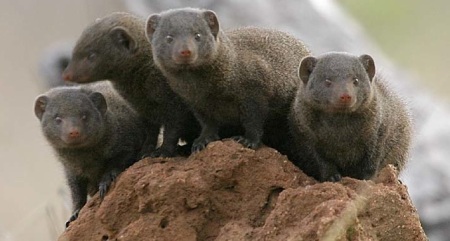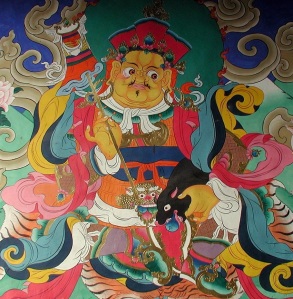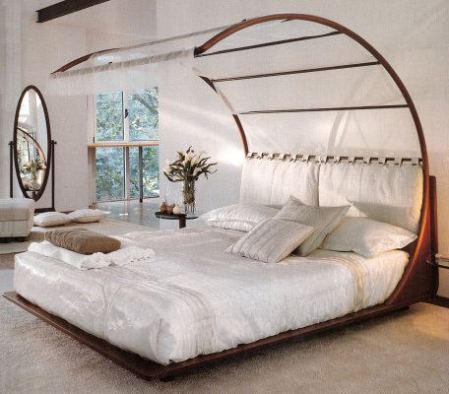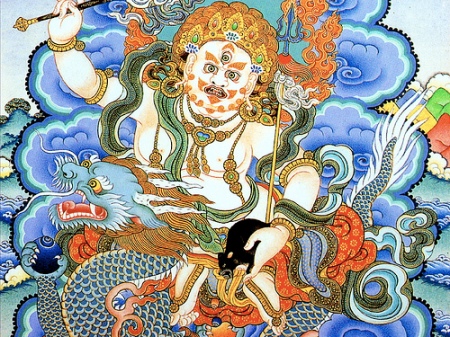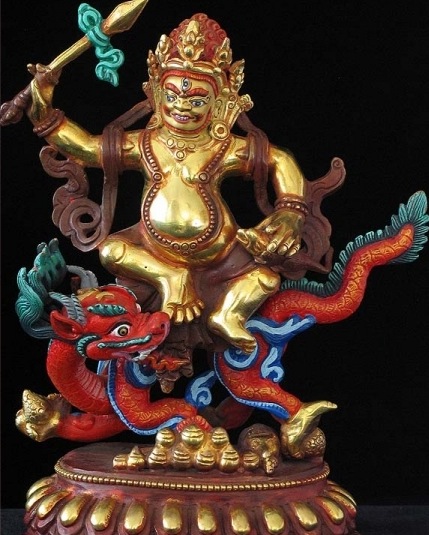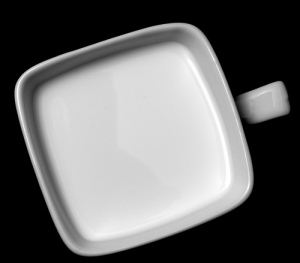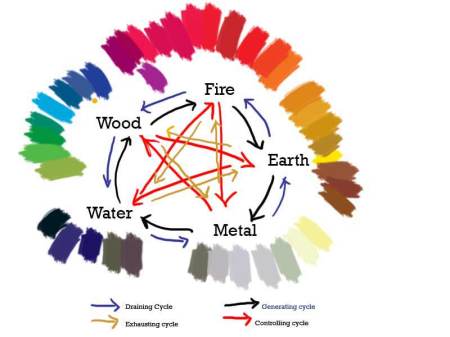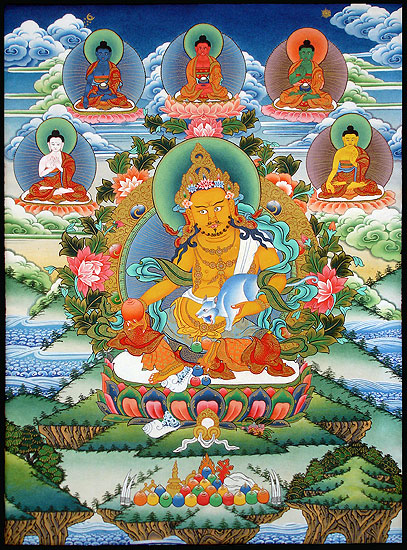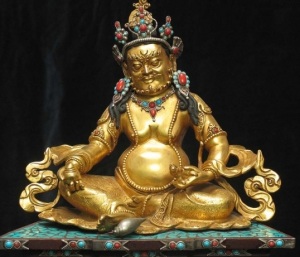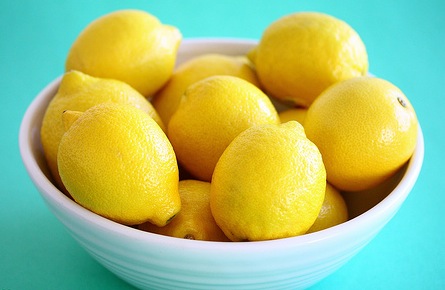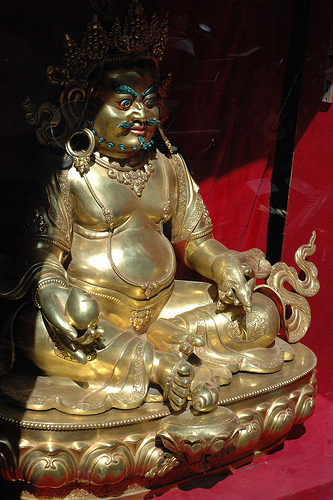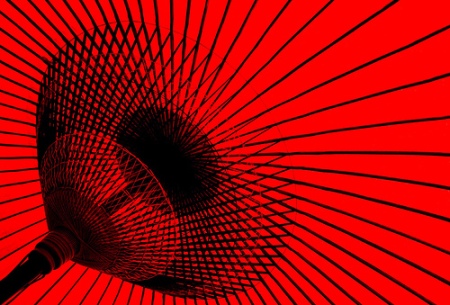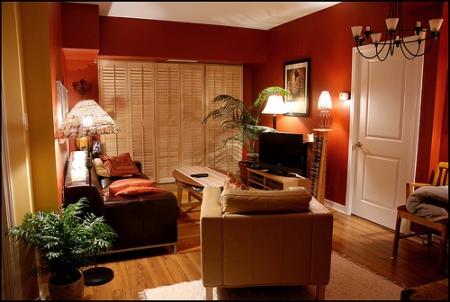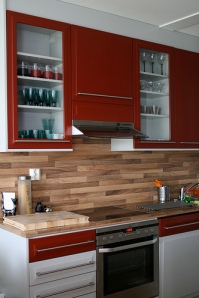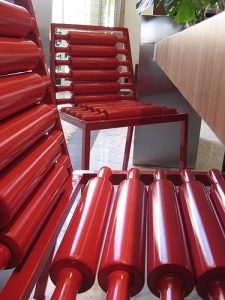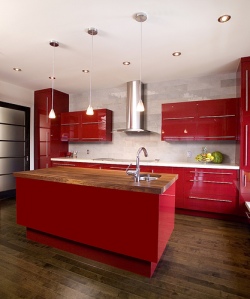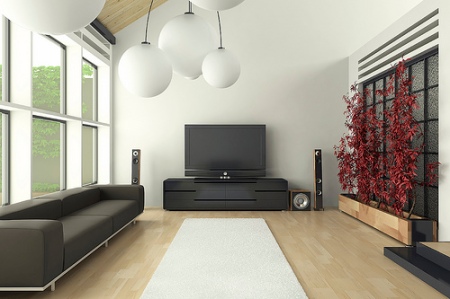TYPES OF ENERGY
There are 4 auspicious Qi in Feng Shui.
So, what are the differences among these 4 types of energy – Sheng Qi, Tian Yi, Yan Nian and Fu Wei?
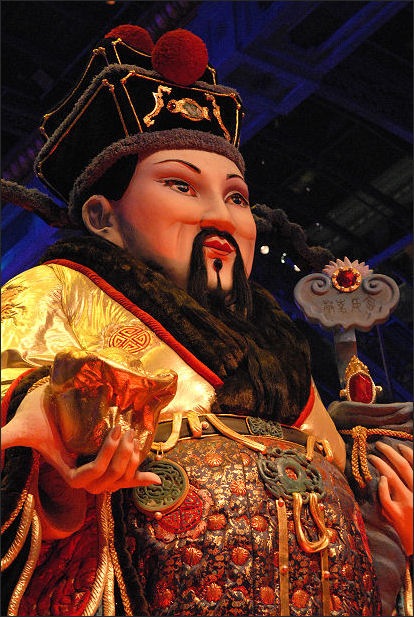
Sheng Qi (The breath of Life)
The energy from this direction attracts prosperity, vitality, respectability and reputation. This is a good location for your front door.
This energy is what many people like to term it as a “Wealth Star” or could be regarded as Star of Opportunuity! “Sheng” in Chinese means to grow and together “Sheng Qi” is about progress, generating, improvement. Hence, it brings about new opportunities and subsequently, financial gain and power.
Sheng Qi means “moving upward” or “moving forward”, it is a positive Qi to be found in places that are bright, refreshing and uplifting. Living in these places are generally content and happy.
Sheng Qi is normally found by a forest, a wood, the sea, a park, a field, a higher ground or other naturally pleasant setting. People with Sheng Qi are full of hope and optimism.
Personally – this is your best magnetic direction.
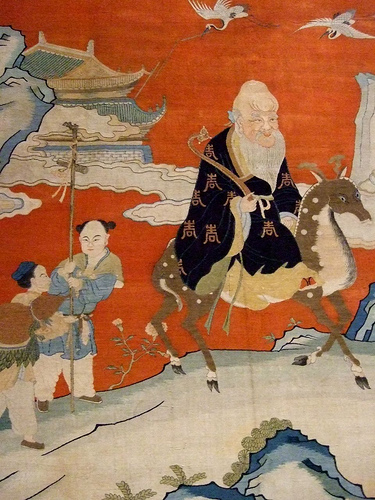
Tien Yi (Heavenly Doctor)
This magnetic direction fosters good health. Persons under this influence are patient, agreeable, appreciative as well as secure and confident in themselves. This is a good position to place your stove.
This is the “Health star” as it helps enhance good health and bring strong life force and vitality.
Personally – this would be a good direction for the bed head to point when locating beds if health is the objective.
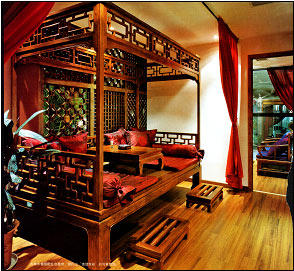
Yan Nian meaning “longevity and relationships”
This direction enhances the quality of relationships in the family, promotes longevity and self sufficiency. This is a good palace for the master bedroom.
This is a “Relationship star” as it helps enhance positive relations and improve harmony. It’s about reinforcing bonds and developing new network.
Personally – this is a good direction for adolescents going through growing pains.
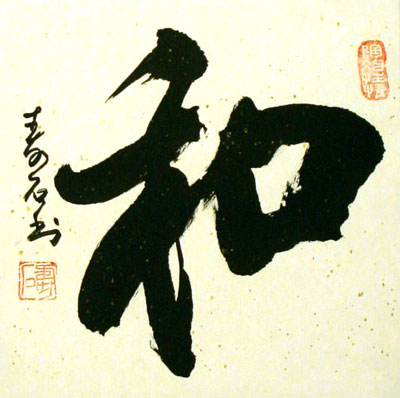
Fu Wei meaning “overall harmony, peace and stability”
This energy brings about peace. This location is considered a good site for an altar.
This is a star that brings stability and gradual progress and enhance peace and tranquility.
Personally – this is a good direction for meditation and for very young children
